The Startup Diversity Simulation
How our professional networks shape the companies we create
We have developed a simple simulation that shows how the diversity (or lack thereof) of a founding team can influence the diversity of the company they will create.
HOw the simulation works
For this simulation we use the notion of “relative diversity”: if you give the normative majority (i.e., a white, cis-gender, heterosexual, fully able male) the value of 0, then someone who differs from the normative majority along one dimension – for instance, a Black, cis-gender, heterosexual fully able male – would have a relative diversity of 1, while a queer Black woman with a disability would have a relative diversity level of 3. While this is not meant to be an exact definition, it recognizes the impact of intersectionality.
The simulation assumes that each founder has a professional network that is more or less diverse depending on their characteristics. We represent this in our simulation as a histogram (chart in the lower left corner) showing the number of people in the founders’ combined professional network who have relative diversity levels of 0, 1, 2, 3 or 4. In the U.S. there is research showing that the social and professional networks of white people are particularly homogeneous. Accordingly, if you select a “homogeneous” founding team, you will see that the vast majority of the network has a relative diversity level of 0. When the founding team is diverse, the resulting network histogram will be substantially flatter (i.e., more people with higher relative diversity levels).
To use the simulation, select the level of diversity of the founding team using the drop-down, then click Launch to create the company with just the two founders. Each time you click Grow, the simulation “hires” 48 employees, whose characteristics are drawn randomly based on the combined networks of the founders.
You will be able to see the level of diversity visually in the people that are hired (deeper colors indicating greater relative diversity), and you can check the actual distribution across the entire company in the vertical bar at the left of the company, labeled “TEAM DIVERSITY”.

